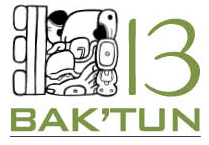On this, my final day of work as a temporary research assistant in the RBC, I’m sharing one of my favorite books encountered this summer: the 1583 Paris edition of the De Emendatione Temporum of Joseph Justus Scaliger (1540-1609). A synthesis of new astronomical discoveries and philological interpretations of ancient holy books, it is also a typographic tour de force, printed by Mamert Pattison for Sébastien Nivelle.

In this work, Scaliger sought to formalize the science of chronology. To this end, he drew on Persian, Arab, Greek, Roman, and other ancient traditions, identifying and correcting the errors of his predecessors to synchronize various cultures’ accounts of history.
Anthony Grafton, an assiduous chronicler of this assiduous chronologer, offers one of the many conundra that perplexed Scaliger: what to make of a twelfth-century Arabic manuscript of the gospel of John, the colophon of which indicates that the scribe completed his work “on the 31st day of the month Tamuz, on Tuesday, the twelfth indiction, the year 6687 from Creation”? This question might not keep most of us awake at night. For Scaliger, who claimed to sleep three hours out of every twenty-four, it did. (Note the obsession with computation—even in observing his own sleep patterns!)
Scaliger’s book, thrilling in its breadth of ambition, is also a landmark in the history of typography: here, we find adjacent, dual-color composition of Ethiopic (from wood blocks), Hebrew, transliterated Arabic, and Latin, elegantly printed by Patisson.
In an elegy for Scaliger, Isaac Casaubon called him the Ornamentum Unicum Europae—an epithet which requires no translation. We are pleased to consider the 1583 De Emendatione Temporum an Ornamentum Notabile Bibliothecae Wilsoniensis.

